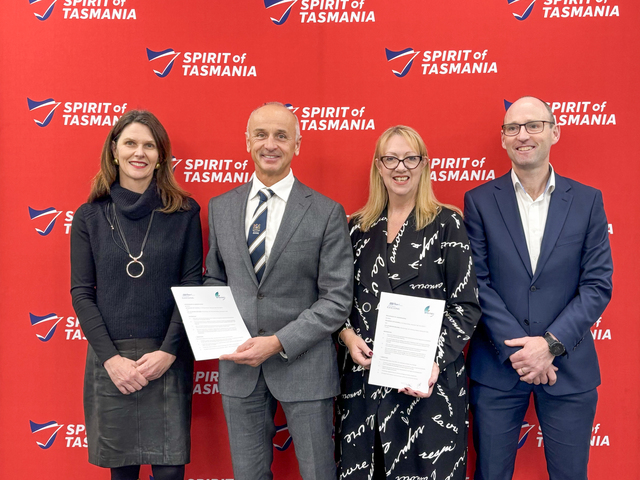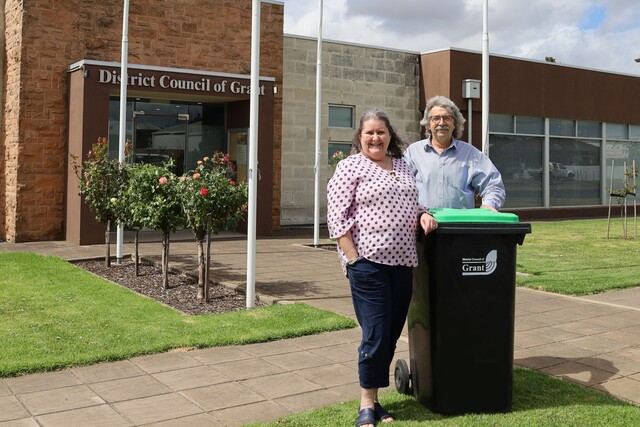Last year, as Local Governments and community groups were being forced to cancel a variety of events due to escalating insurance premiums, or not being able to gain public liability cover at all, Federal, State and Local Government came together to find solutions. Local Government presented a strong case for urgent action with Councils facing three options – increasing rates, introducing user pays charges or curtailing other activities to afford rising premiums. Similarly, local not for profit community and sporting organisations were also grappling with the problem of increased premiums.
Escalating premiums, and in extreme cases, the failure to obtain public liability cover, was forcing some local businesses to close. Towns and regions relying heavily on tourism, ecotourism and outdoor activities were particularly vulnerable. Rising premiums found doctors facing the same crisis. This resulted in some doctors threatening to close their practices or steering clear of high risk areas such as obstetrics. With many rural and regional areas already struggling to attract doctors to their areas, this presents yet another obstacle.
At the Ministerial Meeting on Public Liability in March 2002, Commonwealth, State and Territory Ministers and the President of the Australian Local Government Association (ALGA) reaffirmed a shared determination to tackle the problems of rising premiums and reduced availability of public liability insurance. The Commonwealth agreed to look at what it can do under the Trade Practices Act, while the State and Territory Governments would review tort issues, such as structured settlements, thresholds or caps and the high administration costs of common law claims. For Local Government’s part, State Associations extended their Mutual Liability schemes to cover various community groups.
Twelve months on, with the end of this financial year and premium renewals drawing closer, again various businesses, including medical practices, are considering closure or withdrawing services.
In an attempt to curb the soaring cost of medical indemnity and public liability insurance, the Victorian State Government, in addressing issues under the law of tort, has introduced legislation which will cut the period available for people to sue in a claim for negligence, and to reduce minor claims, set an impairment limit in regard to general damages for pain and suffering. These reforms have been welcomed by the Municipal Association of Victoria which sees them as a means to reduce minor claims against Councils, locals businesses and community groups.
This legislation has also been applauded by the medical fraternity, but not so by several prominent Melbourne law firms or Trades Hall Council. They assert that the interests of doctors and insurers have been put before the legal rights of injured people to sue.
With no guarantee that insurance premiums will fall as a result these changes, it has been claimed that insurance company profits have been placed ahead of people’s common law rights for compensation. It has also been raised that the argument from insurance companies, that premiums had to rise dramatically to keep in line with exorbitant payouts for damages, has never been independently tested. The fact that premiums have increased dramatically across all areas of insurance, together with some major corporate collapses in the industry and questions concerning the industry watchdog, is starting to sound warning bells.
With all these competing interests, it is the victims – those who are injured as result of an accident or negligence – who are getting lost in the equation. Therefore, this is an opportune time for our three spheres of government to revisit the proposal for a national compensation scheme where anyone unfortunate enough to suffer personal injury as a result of an accident or negligence is automatically covered. Such a scheme would remove current litigation costs, and reduce insurance premiums by spreading the risk more equitably across the whole of the community.







